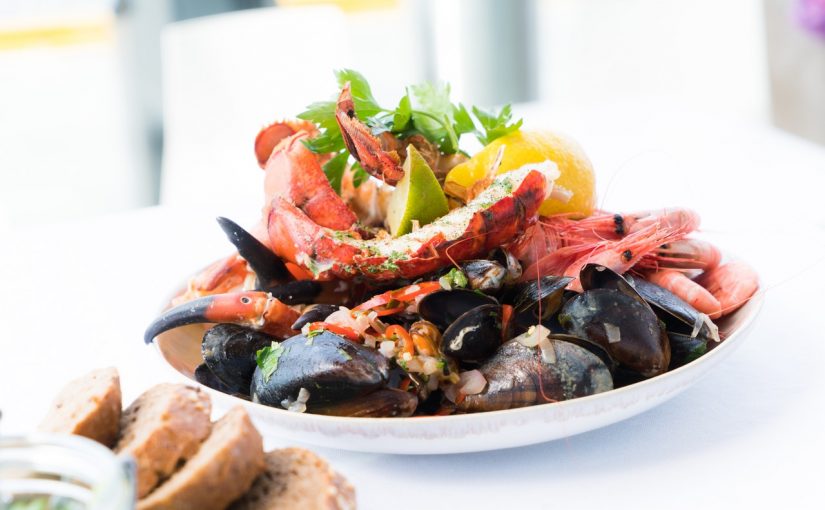Buy quality fish: the dangers of anisakis.
For a restaurateur it is essential to ensure the quality of the fish. If this ingredient fails, then it will reflect badly on them and eventually fail in terms of revenue generation because people will not come back for lack of satisfaction with what was served before or for problems associated with poor quality products such as sashimi which still does not have much taste, so there must be no mistakes here!

Buy quality fish for a restaurant owner, if we want, is even more important than a final consumer.
Whether you decide to buy it fresh or already frozen, it must be wholesome first and do not put your client’s health at risk. It is essential that the fish you keep in stock is not contaminated with anisakis. The latter is a nematode worm that has as “habitat” fish such as cod, sardines, tuna, hake, salmon, but also molluscs such as cuttlefish, octopus and squid. The damage of this parasite to the health of the client are many, even is coming to the removal of portions of the affected intestine.
Buy quality fish
Buy quality fish
For the fish to be delicious it must be of good quality, which means that you have to buy fresh fish daily.
You need good quality, so you need to be sure it comes from a trusted source with frequent inventory turnover and not something stored too long in cold storage before being sold or prepared for consumption since freezing changes the structure on which bacteria can grow causing deterioration (or “freezer burn”)
A substandard species might even make your meal unappealing; while some people might say that this spot is not worth it because they are still not willing to eat anything but their favorite type!
Tragic inconveniences can however be avoided with the right precautions. To eliminate the anisakis from the fish it is good to freeze the fish in its warehouse at temperatures of -15 ° C for 96 hours, -20 ° C for 60, -30 ° C for 12, -40 ° C for 9. With this simple measure you will protect two subjects:
1.your client from the damage to health mentioned above
2.your restaurant with predictable image damage and legal problems
Buy quality fish: legal risks
Buy quality fish
And it is precisely on the legal risks of not having quality fish that we will focus in this part of the article.
When a customer, just a few hours from the meal, feels bad and unfortunately ends up in hospital, the complaint will in fact be unavoidable. The responsibilities of the restaurateur are divided into:
1.contractual: that the customer can demonstrate from the order placed and / or from the receipt paid
2.non-contractual: which instead consist of the post-admission medical report following an intoxication.

Moreover, the spoiled fish is in all respects a defective product, so the customer will be entitled to compensation when:
1.will have tried, by analysis, that the fish is a defective product that in fact has attacked his health
2.will have demonstrated through his lawyer the causal link between the nature of the fish consumed and the food poisoning suffered
3.always through a lawyer will have sanctioned the nature and the amount to be obtained as compensation
Buy quality fish
But there’s more: a ruling by the Cassation of Milan in July this year, reported on the “Sole 24 Ore”, has even condemned for fraud in commerce a Milanese restaurateur guilty of not having indicated on the menu that the fish was not fresh but bought already frozen. On this last issue, however, the legislation is still a little uncertain, which calls for a dialogue between the Associations of Restaurateurs, Eurofishmarket and the institutions.
Buy quality fish: information labels.

Another very important and underestimated step to check the quality of the fish is to check the label. It must in fact trace in detail all the “iter” of treatments that the fish has followed from the waters of origin in which it was fished up to your warehouse.
When buying fish, make sure it has an authentic and detailed label of where it has passed. The journey should be traced from water quality to your hands so that consumers like us can track what happened with their purchase.
And it was precisely the traceability of fish the hot topic of Slow Fish 2017. The fair, helded in Genoa, has announced a new initiative: of information labels. Without more symbols incomprehensible to consumers, they will have to trace in detail all the “history” of the fish product from the origin to the final destination (whether it is the supermarket or the warehouse of a restaurant). Obviously the labels will be equally detailed on the production.
Read also: The new fish fast food restaurants


